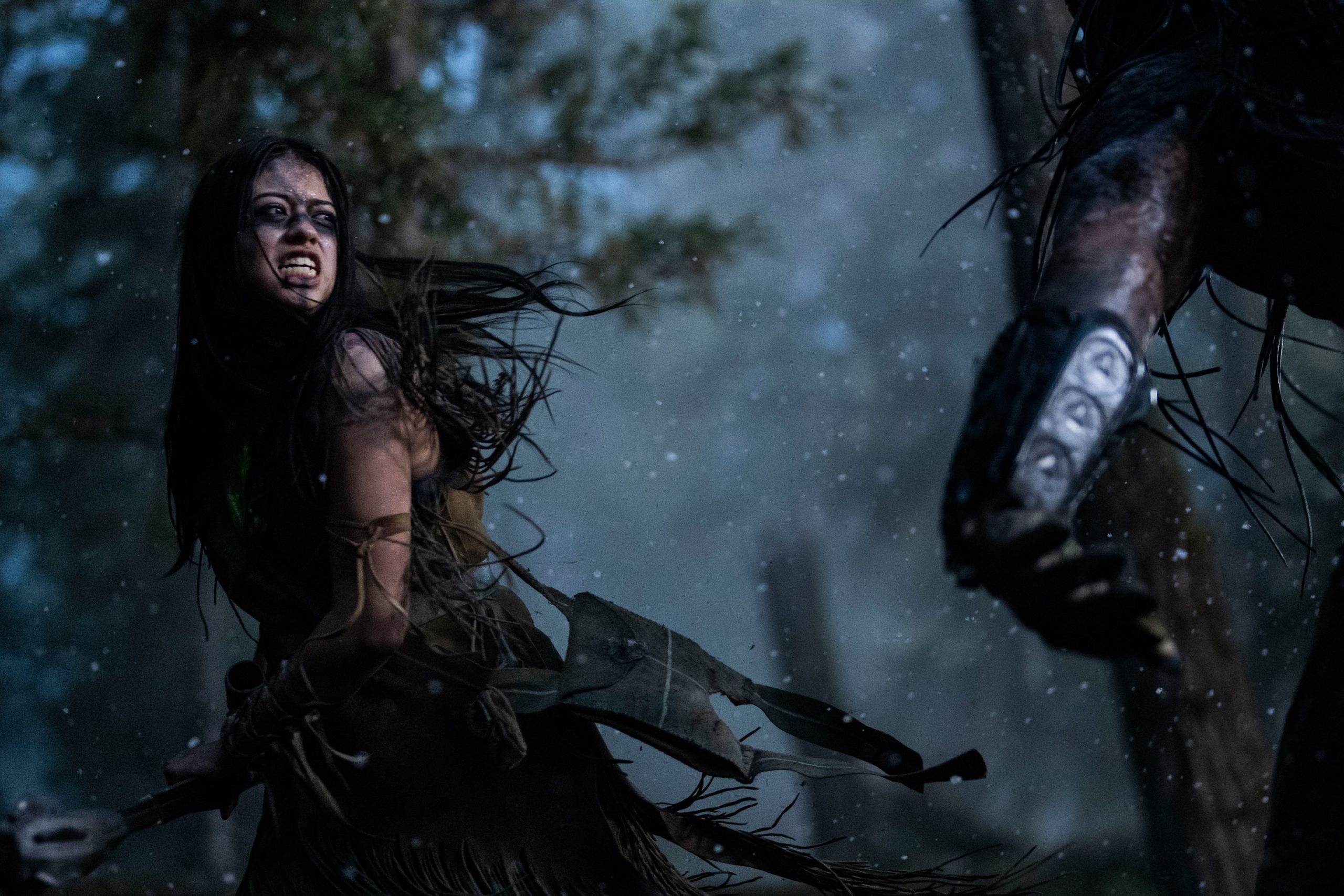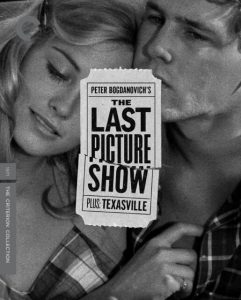
Prey (2022)
They Hunt to Live. It Lives to Hunt.
The Comanche Nation, 1717: Naru (Amber Midthunder) is a young Comanche warrior who isn’t taken seriously as a hunter because of her gender. Seeking to prove her mettle, she tags along with her brother, Taabe (Dakota Beavers), a tribe favorite, and his friends as they set off to hunt down the lion that has mauled one of their fellows. Something else is a-hunting, too: a goddamn Predator, because this is, of course, the latest installment in the incredibly unsteady sci-fi/action/horror franchise (smartly, the film has Naru interpret the arriving spaceship as a mystical omen).
You know the drill, and perhaps familiarity dulls the impact a bit: the Predator (6’9” ex-basketballer Dane DiLiegro) is an alien bwana on safari, using an array of hand weapons, a nifty shoulder-mounted gun, and a cloaking technology that renders him almost invisible. Of course, as we’ve been saying since at least 1924, the most dangerous game is man, and across four preceding movies plus two crossovers with the Alien franchise, the Predator has killed and been killed by a variety of muscled military men, starting with Arnold Schwarzenegger and the boys in John McTiernan’s 1987 genre classic.
 100vw, 616px” /></a><figcaption id=) The deadliest hunt in history.
The deadliest hunt in history.The result is a world within the film that feels fully realized. In fact, for its first act or so, Prey is a coming-of-age survival adventure with a Predator sort of prowling in the periphery and working its way up the food chain. We see the invisible hunter first kill a rattlesnake, then a wolf, then a bear — always taking predators, the monstrous hunter letting the harmless herbivores go. The implication is that this is an early or perhaps even first visit to our planet by the species, and our guy is just figuring out the ecological web with lethal intensity.
 100vw, 616px” /></a><figcaption id=) It’s not a wolf …
It’s not a wolf …But while Prey has its own identity, it’s still a Predator movie, and when the time comes to commit to the bit, it pulls few punches, unleashing an impressive amount of colorful violence as the Predator deploys its collection of deadly gadgets on an array of hapless humans while Naru and Taabe try and figure out how to kill this goddamn thing. Limbs get lopped, heads get severed, some poor bastard gets diced with a razor net — you know the drill.
 100vw, 616px” /></a><figcaption id=) To catch a Predator
To catch a PredatorAs played by Amber Midthunder, The Ice Road (2021), a hugely charismatic screen presence, Naru is both incredibly vulnerable and incredibly capable, and the path leading up to the inevitable final confrontation is carefully mapped out, with Naru making mistakes along the way but also gathering data, learning about her enemy, piecing together a workable strategy that’ll give her a shot a victory. It’s smart writing, arguably smarter than the original film in terms of how it strings together narrative cause and effect.
 100vw, 616px” /></a><figcaption id=) Pocahontas vs. Predator
Pocahontas vs. Predator4 / 5 – Recommended
Reviewed by Travis Johnson
Prey is currently streaming on Disney+

